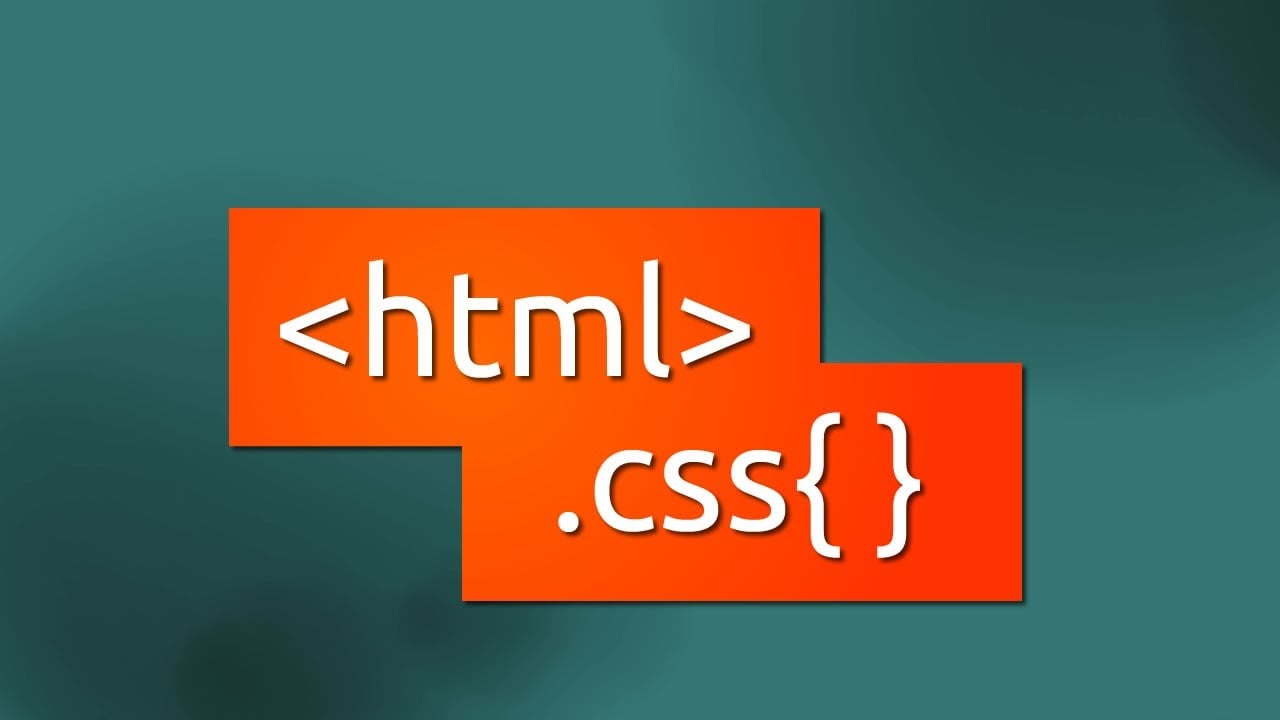As you know, the Internet consists of web pages created using a markup language called hypertext markup language (HTML). However, it’s important to note that HTML is not a programming language.
Essentially, HTML is used to mark up a text document, defining how the text will be displayed in a web browser. HTML consists of tags that are used to “structure” the document.
These tags tell the browser where the heading, new paragraph, table, and other elements are located within the document. Among these tags, there are several key subgroups: core tags (html, head, title, body), structural tags (div, span), text tags (p, ul, ol, li, h1-h6, br, em, strong, b, i), and so on.
Structure of an HTML Document.
First of all, an HTML document is a text file with the extension .html. You can create such a file using a regular text editor or special editors like Visual Studio, Dreamweaver, and others.
Regarding the structure of an HTML document, it looks like this:
<html>
<head>
<title>My Page</title>
</head>
<body>
Hello!!!
</body>
</html>
CSS Concept.
CSS (Cascading Style Sheets) is a style language that determines how an HTML page will look. CSS allows you to control fonts, spacing, height, width, and other aspects of web design.










